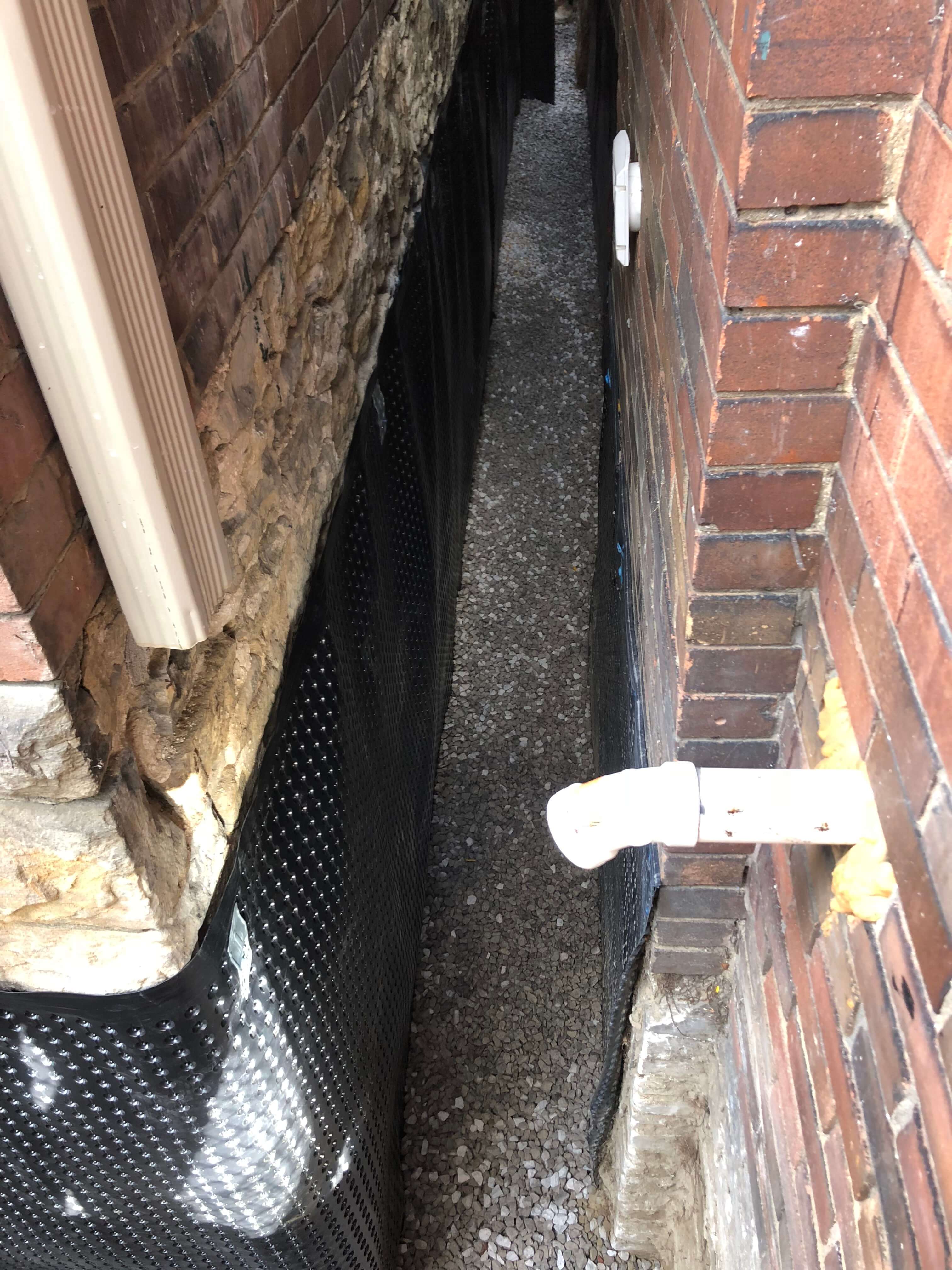The process of waterproofing is a essential aspect of maintaining the structural soundness and longevity of water tanks and pools, as well as houses and buildings in overall. Water damage can lead to high repairs, health hazards, and structural issues if not addressed. Whether you’re dealing with a basement that floods during heavy rains or a pool that leaks, understanding the importance of adequate waterproofing techniques is essential for any property owner. This article will walk you through the best practices in waterproofing, helping you secure your assets and ensure a secure environment for your family.

In an time where the results of water damage can be disastrous, knowing how to efficiently waterproof your structures becomes increasingly vital. From challenging common waterproofing myths to discussing the distinctions between inside and exterior solutions, we will cover everything you need to know about preventing water-related issues. Come along as we examine how waterproofing can save you thousands in repairs and the signs that show your home might need urgent attention. This thorough approach will equip you with the knowledge necessary to address waterproofing head-on and make wise decisions for your house projects. ### Key Waterproofing Techniques
Successful waterproofing starts with comprehending the specific requirements of your property. Assessing areas that are most susceptible to water damage is crucial. Common problem areas such as basements, roofs, and pools need special care. Routine inspections can aid in detecting current problems or future threats. Implementing a routine maintenance schedule can ensure that these areas remain in good condition, preventing water seepage before it becomes a costly problem.
Selecting the appropriate waterproofing technique is vital for enduring defense. For basements, consider interior and exterior solutions, as each has its advantages depending on your home's structure. Roof waterproofing is equally important; flat roofs especially gain from specialized coatings that inhibit leaks. Swimming pools require a comprehensive waterproofing approach to prevent leaks and cracks, ensuring they remain safe and enjoyable for years. Knowing the correct product for each use will bolster effectiveness and also extend the life of your structures.
Finally, enlisting a professional waterproofing contractor can greatly impact the effectiveness of your waterproofing initiatives. Experienced professionals can provide tailored solutions that address your property’s specific challenges. They can additionally clarify common waterproofing misconceptions, assuring you invest in techniques that are truly effective. Utilizing these key waterproofing strategies can protect your investment and reduce the chance of costly repairs in the future.
Frequent Waterproofing Fallacies
A lot of homeowners assume that waterproofing is solely essential for areas that are often exposed to water, including cellars and washrooms. This fallacy can cause neglecting further areas including ceilings and patios, which are equally susceptible to water damage. Failing to waterproof these spaces can result in serious structural complications over time, which include mold growth and degrading materials. Effective waterproofing should be taken into account for every aspect of a home, not just the easiest to identify areas.
Another common misconception is that every waterproofing products are the same kind. In fact, various materials and solutions are designed for specific purposes and conditions. For example, the waterproofing needed for a shower differs from that required for a basement. Using the incorrect type can cause inadequate protection and high repairs. Homeowners should perform thorough research or obtain professional assistance to select the appropriate products for their requirements.
Certain people also assume that once a edifice has been waterproofed, not any further maintenance is necessary. This is misleading, as waterproofing systems can degrade or become impaired over time due to environmental factors or building shifts. Frequent inspections and maintenance are vital to maintain continued effectiveness. Ignoring this aspect can cause significant water damage and repair costs, negating the original investment in waterproofing.
Determining the Right Waterproof Solutions
As for picking waterproofing solutions, understanding the specific requirements of your building is essential. Various areas of a building may require individual approaches, such as interior compared to exterior waterproofing. For example, cellars may need more robust solutions to combat moisture from the earth, while roofs require products that cope with harsh weather conditions. Assessing the surroundings, weather patterns, and the overall structure will guide you toward the most efficient waterproofing options.
It's also crucial to evaluate whether to take a DIY method or engage a specialist. DIY jobs can save money, but they often come with risks if not done correctly. Expert waterproofing services may be more affordable in the long run, as they typically include warranties and comprehensive assessments. Knowing the advantages and drawbacks of each option can help you make wise decisions that align with your financial plan and building’s requirements.
Lastly, investigate various waterproofing products available in the industry. From coatings to membranes, the right product can enhance protection against moisture damage substantially. Look for Continued that are eco-friendly and have a proven track record. Investigate reviews, request recommendations, and don’t hesitate to speak with waterproofing contractors to ensure you choose reliable solutions that will provide long-term protection for your home or structure.
